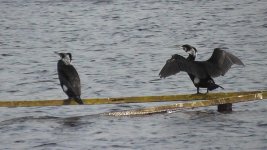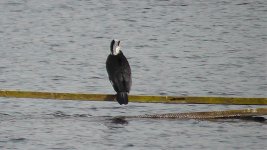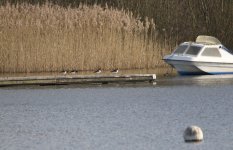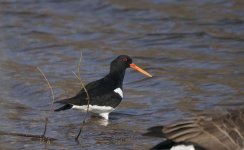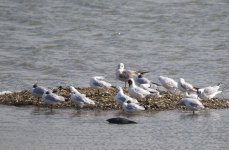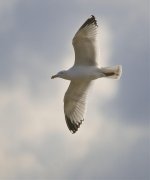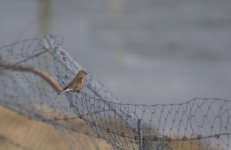upstarts1979
Well-known member
Today's highlights: The Moors was 90% frozen for some time and one of the Bitterns showed fairly well from the east hide in the northern reed bed, whilst a second bird could be seen from the west hide in the eastern reeds/trees. The third bird was reported to fly from right of the west hide to reedmace not too far left of the west hide. It was not seen to fly from this location right upto 18.45--quite dark.
The Med Gull was first located at the Flashes during the early afternoon, but did not stay long. It was relocated early evening before flying off again, only to be relocated on the Sailing Pool.
MOORS:
Barn Owl------------------------Bittern (3)
Med Gull (Ad)-------------------Shelduck(2)
Snipe (8)------------------------Oystercatcher (min 5, but possibly 8 across the reserve)
Shoveler (7)--------------------Pochard (12)
Gadwall(4)----------------------Wigeon(f)
Tufted Duck(47)----------------Teal (8)
Cetti's Warbler
FLASHES/SAILING POOL:
Avocet (9)----------------------LRP
Curlew (14)--------------------Common Gull (Ad)
Shelduck-----------------------Teal(46)
B H Gull (c160)
Des.
Des
Presumably the Broadmeadow pool was frozen as well, as there were 11 gadwall feeding on the 'New Zealand pygmy weed' there yesterday.




